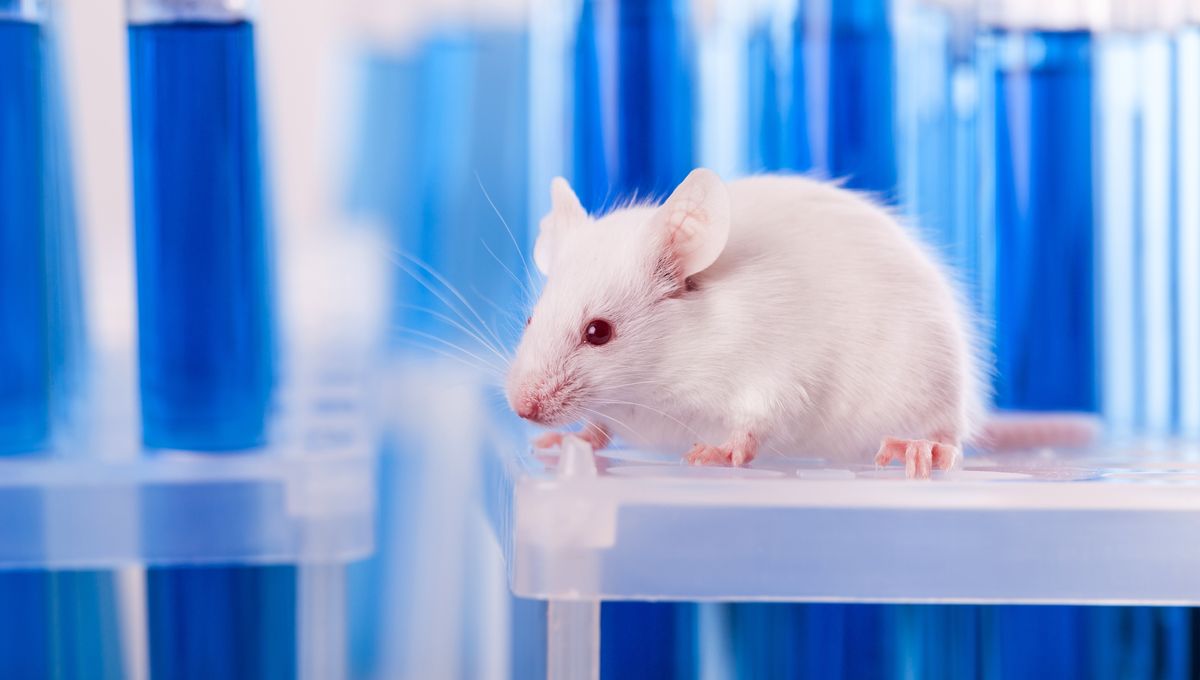
The US Environmental Protection Agency (EPA) has scrapped its plan to end the use of mammals for the safety testing of chemicals by 2035. First announced back in 2019, the plan was considered pretty controversial – and it seems the move to ditch it is no different.
Chris Frey, assistant administrator for R&D at the EPA, told Science that the decision was based on current research. “We need to focus on what the science is telling us in order to advance methods that don’t involve animal testing, and not focus so much on arbitrary dates.”
These methods can involve computer models and organoids, which some have argued are not yet sufficient to replace animals in safety testing. In March last year, a group of 38 organizations, ranging from environmental to justice groups, sent a letter to the administrator of the EPA maintaining that very point.
Although that group may well be pleased by this latest news, Andrew Wheeler, the former EPA administrator who initially set the deadline, has concerns about whether the agency will eventually phase out animal testing. “I felt like things were moving in the right direction,” said Wheeler. “Without a deadline, we’re not going to make progress.”
Frey has contested that, stating that the EPA’s commitment has not changed. “Fully phasing out animal testing is the goal, and we will always have that goal,” said Frey. “But I don’t want to get ahead of our scientists.”
The EPA uses thousands of animals per year for chemical testing; according to an agency report, testing a single pesticide can require anywhere between 100 and 9,000 animals, though how many of those are mammals is unclear. Back in 2016, an amendment to the Toxic Substances Control Act created a stipulation to phase out animal testing.
Whilst this amendment didn’t come with a deadline, the EPA set one for itself: 2035. The agency also pledged to reduce mammal testing by 30 percent by 2025. The plan was met with mixed reviews.
“I definitely think we should be investing more in [nonanimal alternatives],” Tracey Woodruff, professor at the University of California, San Francisco’s school of medicine and former EPA staff told The New York Times at the time. “But it’s really not ready for making decisions yet — at least the way that E.P.A. is making decisions.”
Whether or not the readiness of alternatives to animal testing will change will be a matter of time and research, but some are hopeful. “The transition from animals to in vitro test systems will happen in the next decade, whether there’s a deadline or not,” said Kim Boekelheide, a toxicologist at Brown University.
As for what the EPA’s plans will look like if that is the case – we’ll just have to wait and see.
Source Link: EPA Abandons Plan To End Mammal Testing By 2035